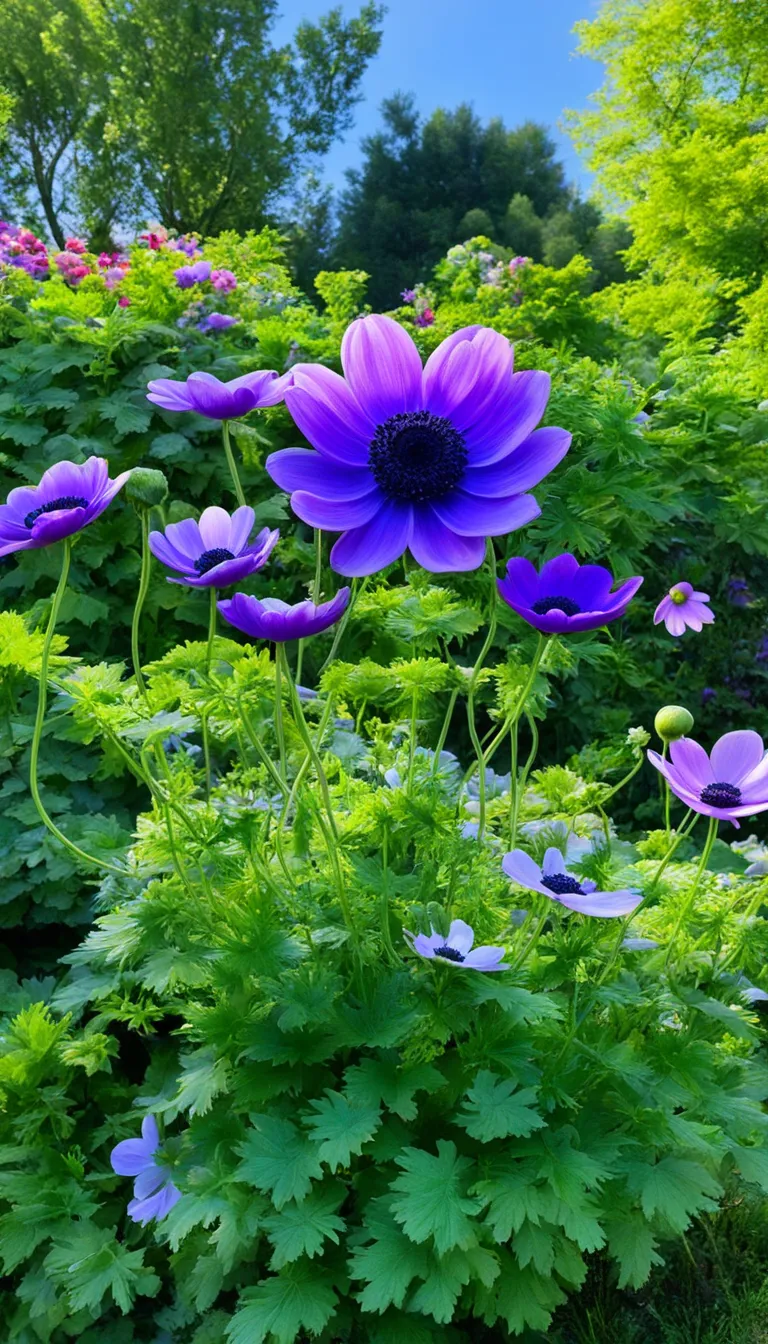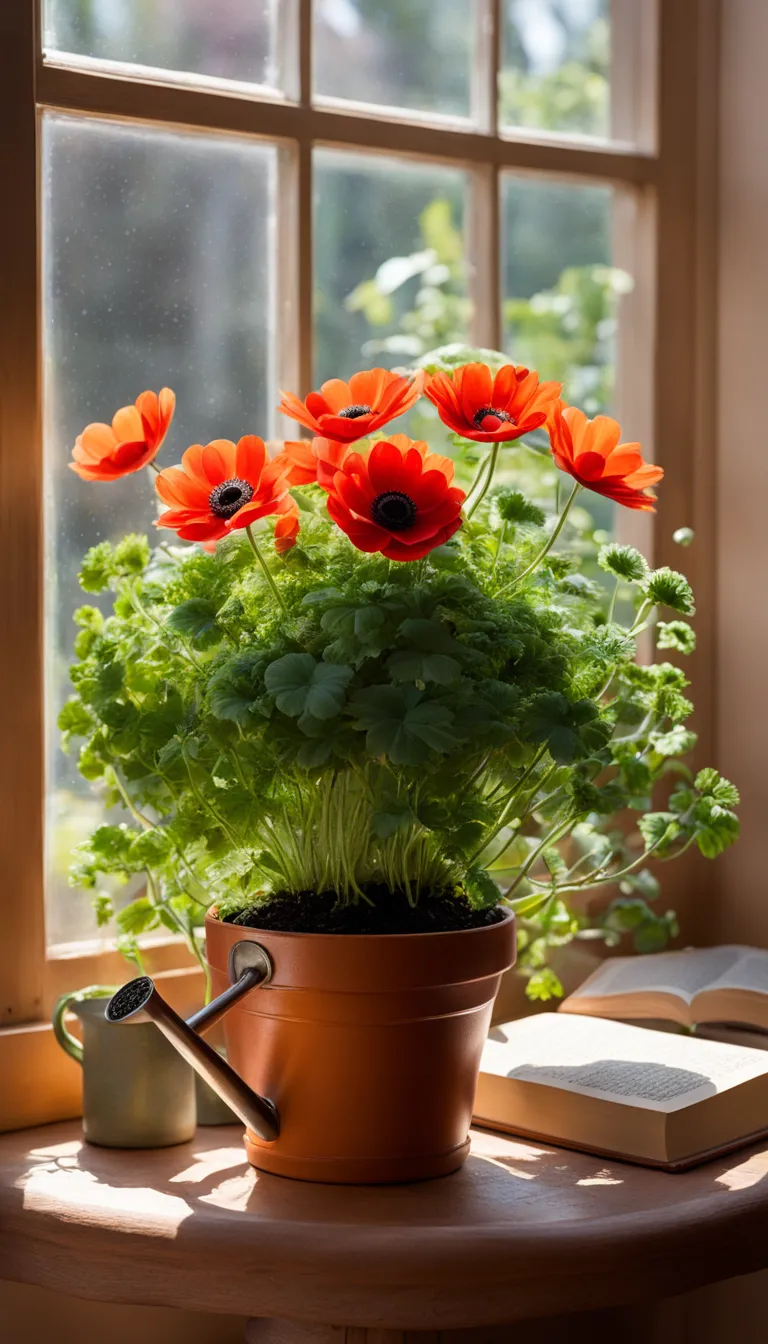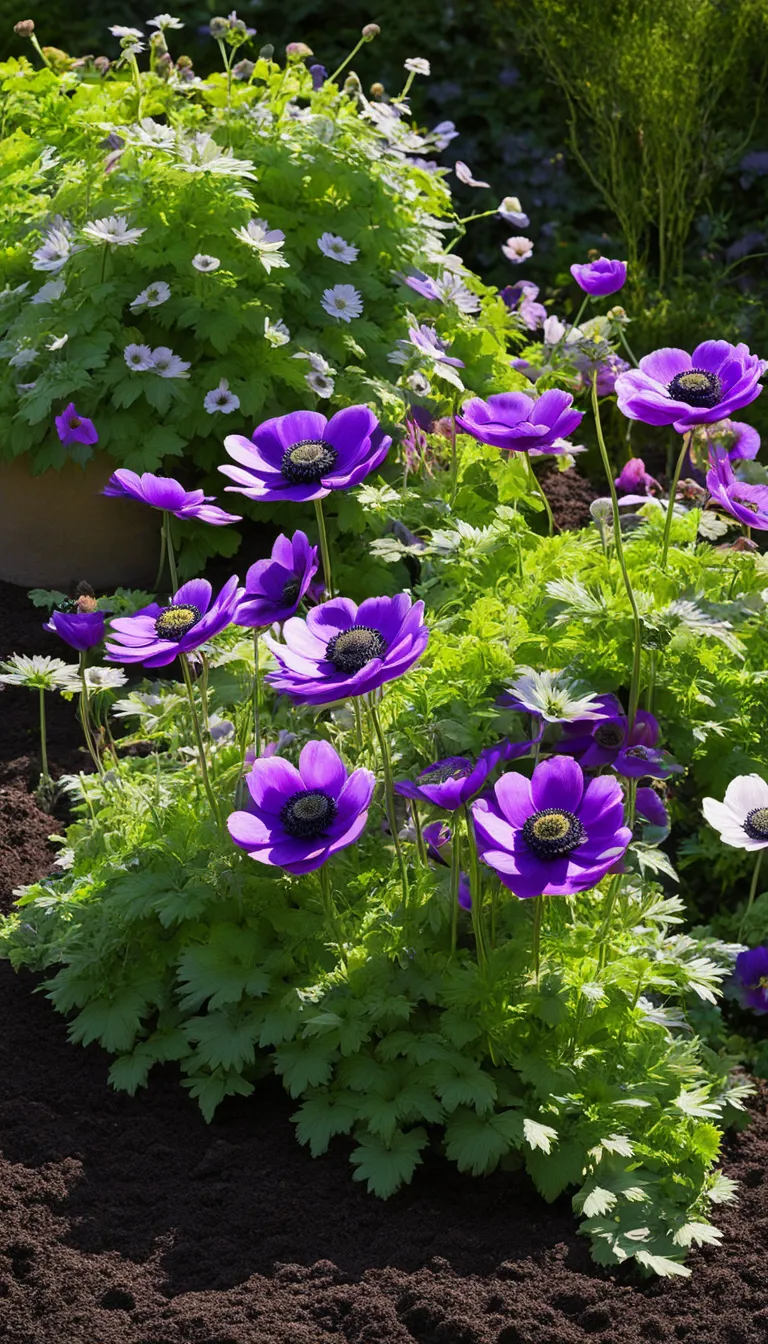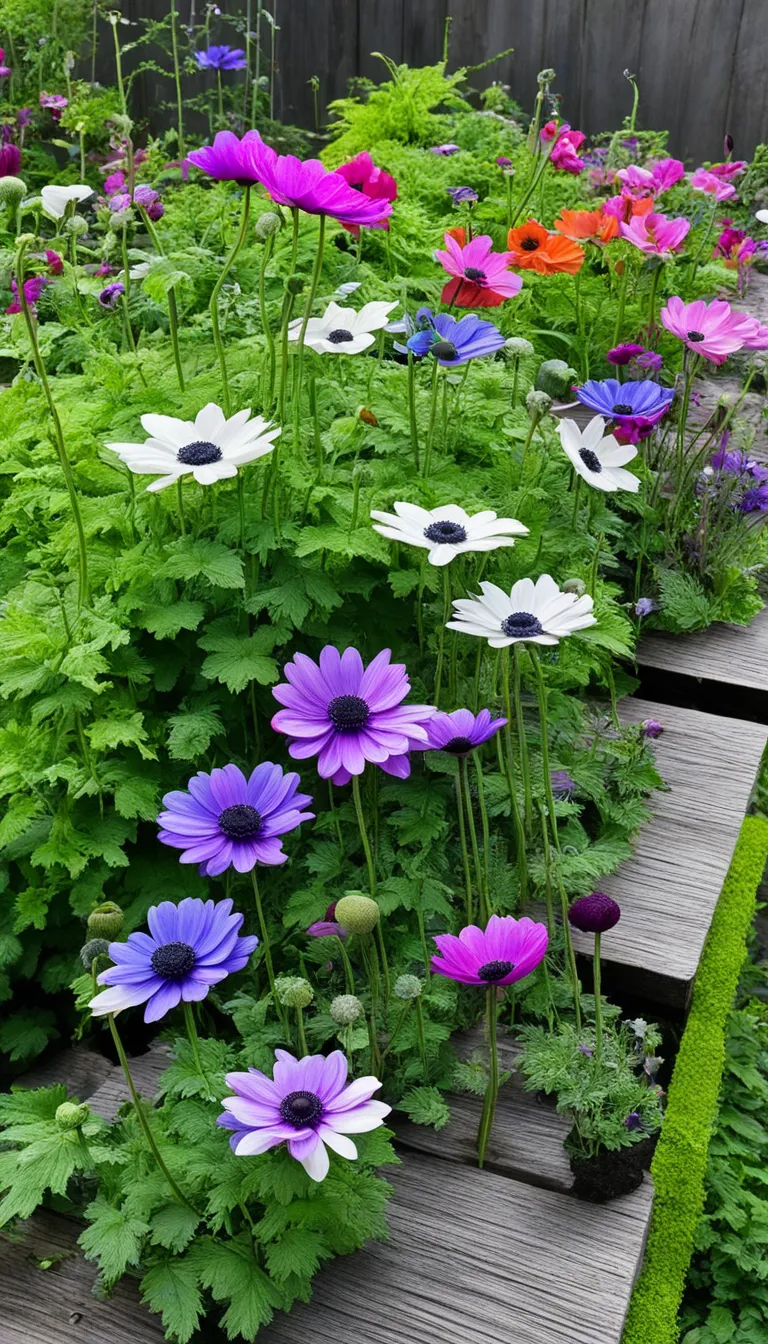Have you ever stumbled upon a burst of color that took your breath away? That’s the anemone flower for you—a symbol of surprise and explosion in the plant kingdom. These beauties are not just a feast for the eyes; they’re a horticultural delight, offering a spectrum of shades that can transform any garden into a vibrant tapestry.
But what makes anemones truly stand out? Is it their delicate petals that dance in the breeze, or their bold presence that captivates onlookers? It’s a combination of both, plus their incredible versatility. Whether you’re a seasoned gardener or a green-thumbed novice, anemones are a joy to nurture.
Let’s dive into the world of these lively blooms. With a variety of species ranging from the swaying Anemone coronaria to the enchanting Anemone hupehensis, there’s an anemone for every setting. They’re not just a visual treat; they’re a story of nature’s splendor. Ready to add a pop of color to your life? The anemone flower is your perfect companion.
- Anemone coronaria: Also known as the poppy anemone, this variety is renowned for its bright and bold colors.
- Anemone hupehensis: Known as the Japanese anemone, these flowers bloom in the serene shades of autumn.
- Anemone blanda: The Grecian windflower, a charming species that carpets the ground with its dainty blossoms.
In this guide, we’ll explore the enchanting world of anemones, their care, and the kaleidoscope of varieties you can cultivate. Get ready to be mesmerized by the anemone’s charm and learn how to make these stunning flowers a part of your personal paradise!

What is Anemone?
Anemone, also known as windflower, is a captivating plant that dances with the slightest breeze, offering a visual spectacle that can inject surprise and explosion of color into any garden. This perennial’s history is as rich as its color palette, with roots tracing back to ancient times where it held significant meaning in various cultures.
It’s not just the folklore that makes anemones special; their botanical characteristics are equally fascinating. Anemones are part of the Ranunculaceae family, which includes about 120 species. They boast a variety of forms, from the single or double-flowered to the more flamboyant poppy-like blossoms. Their blooming season extends from early spring to late fall, depending on the species.
But what truly sets anemones apart is their ability to adapt to a range of environments. Whether you’re in a cooler northern climate or enjoying the warmth of the south, there’s an anemone for you. Here’s a quick rundown of their adaptability:
- Cold Tolerance: Some species, like the Anemone sylvestris, thrive in colder regions.
- Heat Resistance: Varieties such as Anemone canadensis are well-suited for warmer areas.
- Shade Lovers: The enchanting Anemone nemorosa prefers the cool comfort of shaded spots.
- Sun Seekers: Anemone x hybrida loves basking in the full sun.
Embracing anemones in your garden means welcoming a symphony of colors and forms. They can be the soft whisper of pastels or the loud cheer of vibrant hues, each type bringing its own personality and flair. The anemone is not just a flower; it’s a storyteller, a piece of living art that continues to captivate and charm gardeners and onlookers alike.

How to Care for Anemone?
Caring for anemones is a delightful endeavor that brings a burst of color and life to any garden. To ensure that these charming blooms reach their full potential, there are a few key aspects to consider:
Sunlight: Anemones thrive in areas with ample sunlight. However, they also appreciate a bit of shade during the hottest part of the day. Aim to provide your anemones with partial shade to protect them from intense afternoon rays.
Watering: Keeping the soil consistently moist is crucial, especially during the growing season. Be mindful not to overwater, as anemones are susceptible to root rot. A good rule of thumb is to water when the top inch of soil feels dry to the touch.
Soil: The ideal soil for anemones is well-draining and rich in organic matter. You can enhance your soil by incorporating compost or peat moss, which will provide the necessary nutrients for vibrant growth.
- Fertilizing: Feed your anemones with a balanced fertilizer every few weeks during the blooming period to promote lush foliage and stunning flowers.
- Winter Care: In colder climates, mulch around the plants to protect them from freezing temperatures. Some anemone varieties may need to be lifted and stored in a frost-free area over winter.
Remember, the key to a flourishing anemone garden is attention to detail and consistency in care. With these tips, you’ll be rewarded with a spectacular display of color and texture that will surely be the envy of your neighborhood!

What are the Anemone Varieties?
Anemones, with their captivating beauty, come in a plethora of varieties, each with its own unique charm. Have you ever found yourself wondering which type of anemone might be the perfect addition to your garden? Let’s dive into the explosion of colors and forms that these flowers offer.
The Anemone genus is divided into several species, commonly grouped into three main categories based on their flowering season and type: the spring-flowering anemones, the fall-flowering anemones, and the tuberous Mediterranean anemones. Each category has its own surprising array of colors and growth habits that can transform any garden space.
- Spring-Flowering Anemones: These include the charming Anemone nemorosa and Anemone blanda varieties. They’re known for their delicate blooms and early appearance in the garden.
- Fall-Flowering Anemones: Anemone hupehensis and Anemone x hybrida are popular for their robust nature and vibrant colors that last until the chill of winter.
- Tuberous Mediterranean Anemones: The Anemone coronaria species, often referred to as poppy anemones, are renowned for their bright, poppy-like flowers and are a favorite for cut-flower enthusiasts.
For those looking to make a bold statement, the Anemone coronaria offers hues that can range from pure white to deep purples, with a variety of pinks and reds in between. The surprise doesn’t end there; many anemones feature a striking, contrasting center that adds an extra layer of intrigue to their appearance.
Choosing the right anemone for your garden can be as exciting as it is rewarding. Whether you’re drawn to the subtle elegance of the spring bloomers or the dramatic flair of the fall varieties, anemones are sure to bring a burst of joy and color to your outdoor space.





